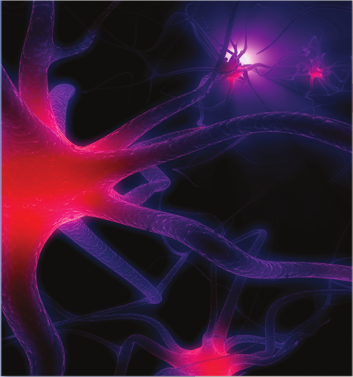Chapter4Logarithmic Functions

One important use of logarithms is to solve exponential equations. In this chapter, we will also consider logarithmic functions as models in their own right. Additionally, we will look further at the number \(e\text{,}\) which is the most useful base for many scientific applications.
In 1885, the German philosopher Hermann Ebbinghaus conducted one of the first experiments on memory, using himself as a subject. He memorized lists of nonsense syllables and then tested his memory of the syllables at intervals ranging from 20 minutes to 31 days. After one hour, he remembered less than 50% of the items, but he found that the rate of forgetting leveled off over time. He modeled his data by the function
| Time elapsed | Percent remembered |
| \(20\) minutes | \(58.2\%\) |
| \(1\) hour | \(44.2\%\) |
| \(9\) hours | \(35.8\%\) |
| \(1\) day | \(33.7\%\) |
| \(2\) days | \(27.8\%\) |
| \(6\) days | \(25.4\%\) |
| \(31\) days | \(21.1\%\) |
Ebbinghaus's model uses a logarithmic function. The graph of the data is called the "forgetting curve." Ebbinghaus's work, including his application of the scientific method to his research, provides part of the foundation of modern psychology.
